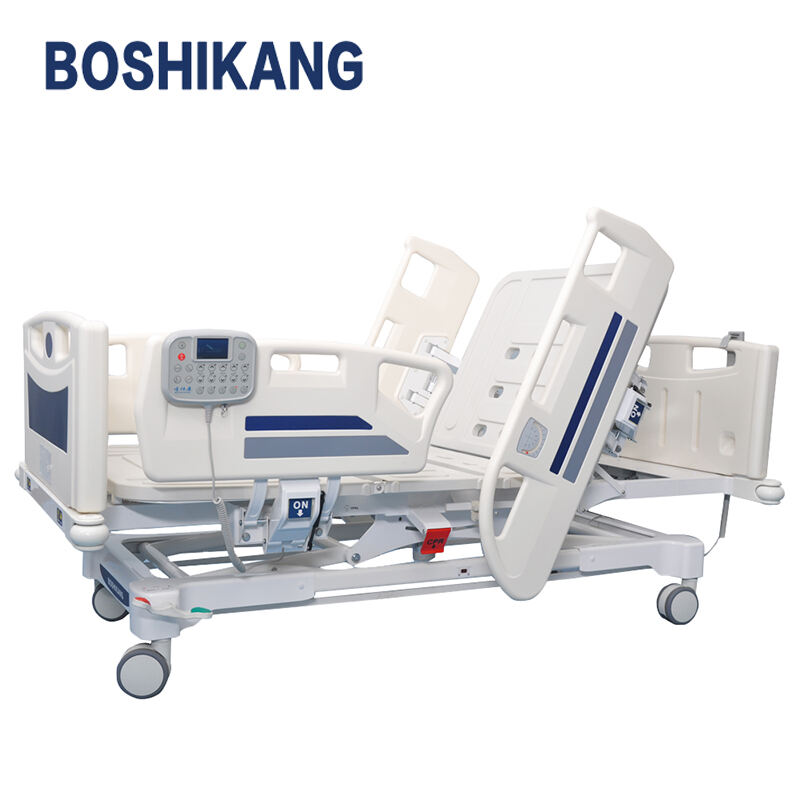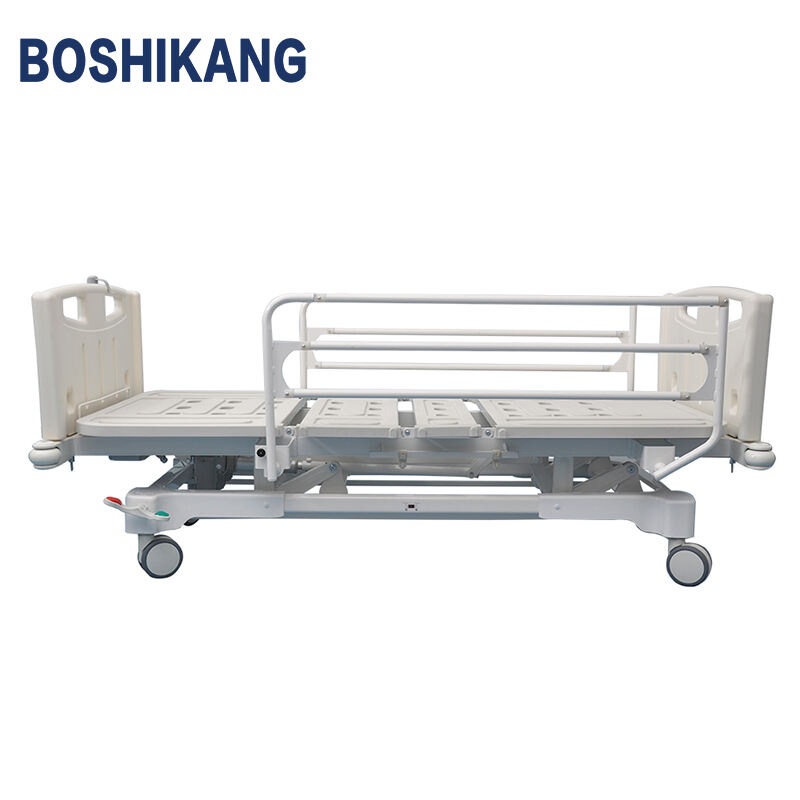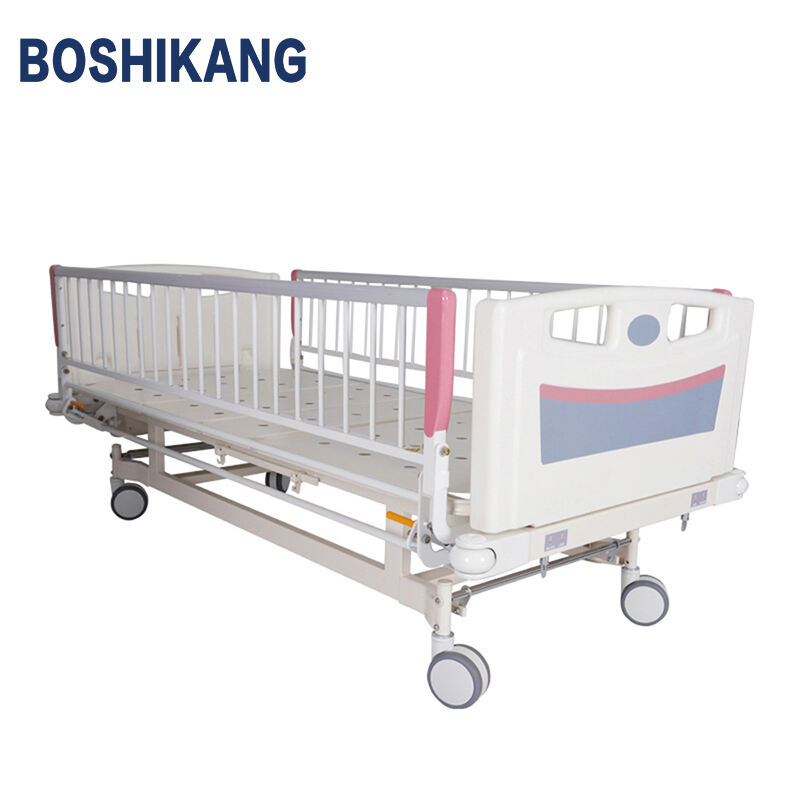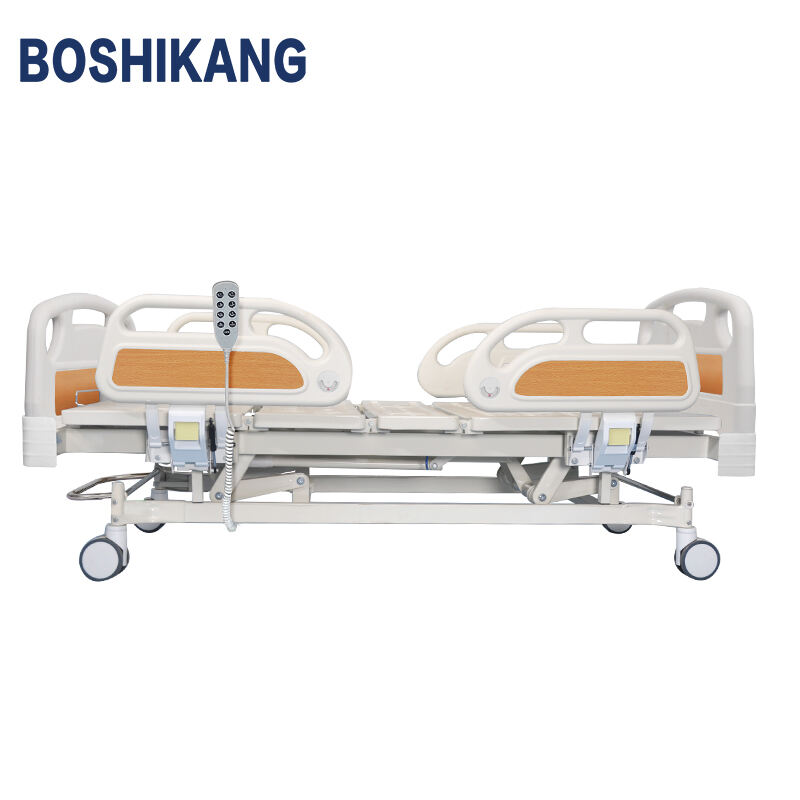standard hospital bed size
A standard hospital bed size typically measures 36 inches wide by 80 inches long, designed to accommodate patients while providing healthcare professionals easy access for treatment. These beds feature electric or manual controls for adjusting height, head, and foot positions, ensuring optimal patient comfort and care delivery. Modern hospital beds incorporate advanced safety features including side rails, wheel locks, and emergency release mechanisms. They're constructed with durable materials that withstand frequent cleaning and disinfection, typically featuring a powder-coated steel frame and high-quality mattress support. The bed's elevation system allows for height adjustments between 16 and 30 inches from the floor, facilitating safe patient transfers and reducing strain on healthcare workers. Many models include built-in scales for patient monitoring, IV pole attachments, and integrated storage for patient belongings. The standardized dimensions ensure compatibility with hospital room layouts, doorways, and medical equipment, while supporting patients weighing up to 500 pounds in most cases. These beds often feature specialized pressure-relief surfaces and position indicators for precise angle adjustments, essential for preventing complications in long-term care situations.











